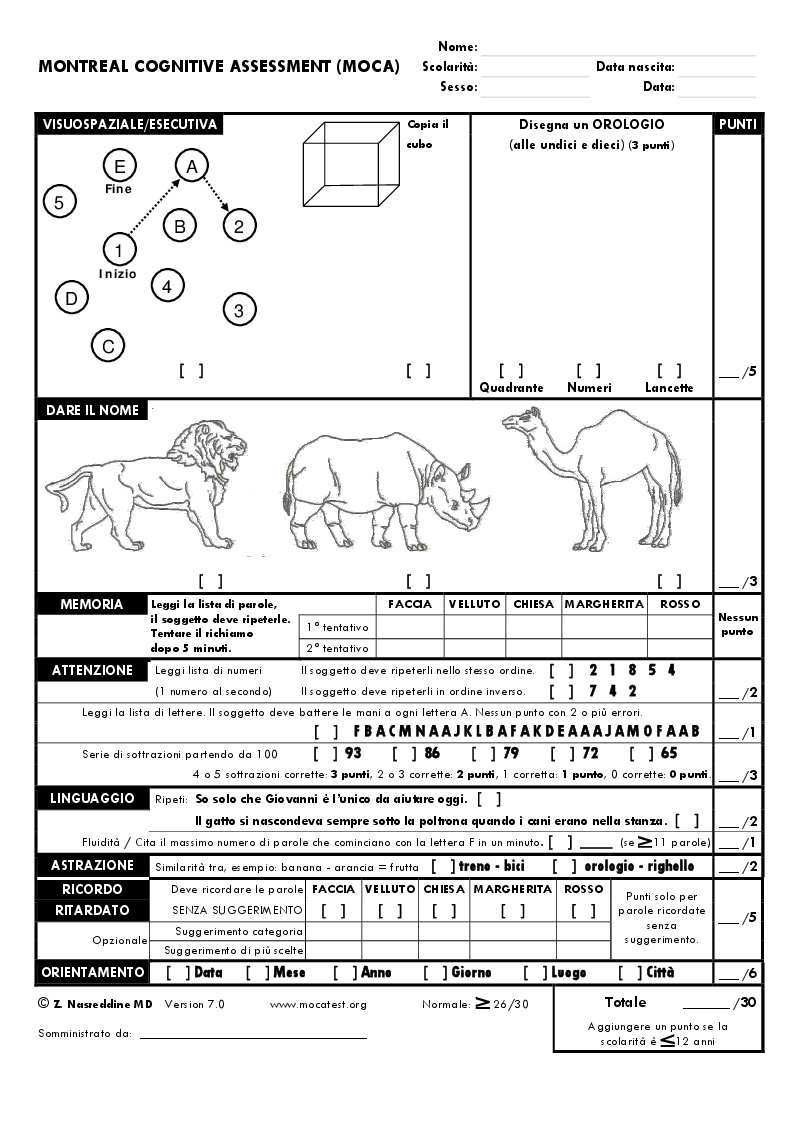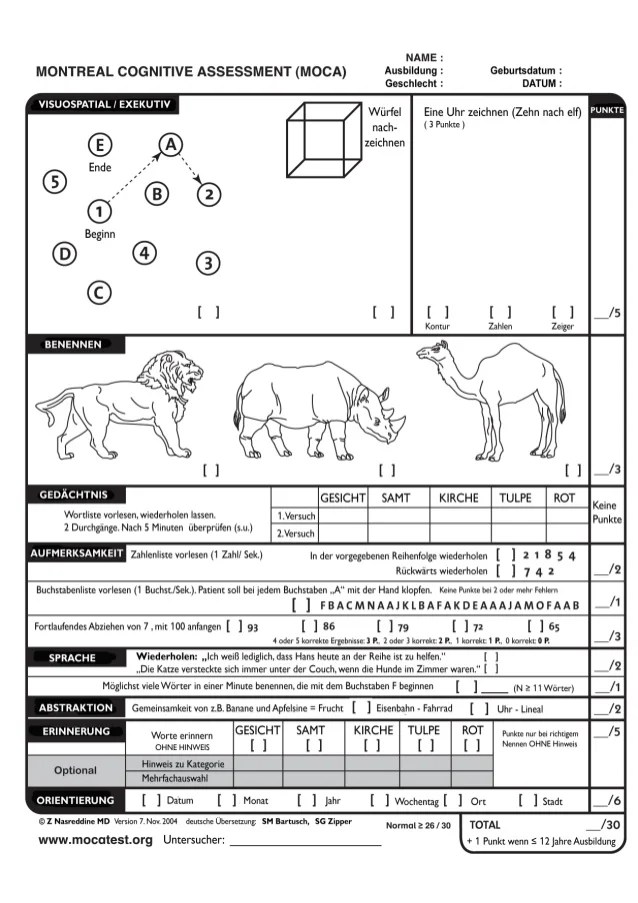

9, 10 Community-dwelling adults in Alberta, Canada with SARS-CoV-2 infection (confirmed by reverse transcription polymerase chain reaction viral ribonucleic acid test) with 1 or more risk factors for severe disease (Appendix 1, Supplementary Table S1, available at were randomly assigned to receive either orally administered hydroxychloroquine or matching placebo for 5 days. gov: NCT04329611), assessing the efficacy and safety of orally administered hydroxychloroquine for preventing severe COVID-19. The Alberta Neuro-COVID study was a prospective cohort study recruiting participants from a randomized double-blind placebo-controlled trial, HOPE COVID-19 (ClinicalTrials. We examined the frequency and persistence of neurologic/neuropsychiatric symptoms as well as the use of health care services and patient-reported outcomes in patients with mild COVID-19 in a 1-year prospective cohort study. The paucity of evidence limits our ability to counsel patients about potential neuropsychiatric sequelae of mild COVID-19. 6 The extent to which such manifestations may affect the daily functioning, psychologic well-being or quality of life of patients with COVID-19 is unknown. 6 Recent studies have provided retrospective cohort data on symptoms 6 months after the onset of COVID-19, 7, 8 but the frequencies and associated phenotypes remain unclear. 5 The concept of long COVID-19 has garnered much attention, with some patients reporting persistent neurologic/neuropsychiatric manifestations including headaches, anosmia/dysgeusia, sleep disorders and cognitive impairment. 2 Furthermore, the natural history of these symptoms, including their onset relative to that of typical COVID-19 symptoms, and the long-term neuropsychiatric sequelae have been poorly studied. Studies of neurologic/neuropsychiatric symptoms have relied on diagnostic codes in electronic medical records - which may be incomplete or inaccurate - or on the availability of neuroimaging or other neurologic investigations, which may have resulted in underestimation of the frequency of such presentations, even among patients admitted to hospital. The prevalence and spectrum of symptoms among community-dwelling patients with milder COVID-19 may be quite different. 2, 4 Most patients with COVID-19 do not require hospital admission. 2, 3 However, a major limitation to the generalizability of such frequency estimates is that published studies have generally included only patients admitted to hospital or those who were critically ill. 1 Meta-analyses have shown a range of neurologic symptoms, including headache, myalgia and confusion, and rarer critical manifestations such as stroke and seizures, in one-third of patients admitted to hospital. There is growing appreciation that various neurologic and neuropsychiatric symptoms may be seen in patients with COVID-19. Symptoms were associated with worse participant- and informant-reported outcomes. Interpretation: Neurologic/neuropsychiatric symptoms were commonly reported in survivors of mild COVID-19, and they persisted in 1 in 5 patients 1 year later.

Participants who reported memory loss were more likely than those who did not report such symptoms to have informant-reported cognitive-behavioural decline (1-yr MBI-C score ≥ 6.5: adjusted OR 15.0, 95% CI 2.42 to 92.60). Patients with any or persistent neurologic symptoms had worse psychologic distress (K10 score ≥ 20: adjusted OR 12.1, 95% CI 1.4 to 97.2) and quality of life (median EQ-5D-3L visual analogue scale rating 75 v. Compared to participants without persistent symptoms, those with persistent symptoms had more hospital admissions and family physician visits, and worse MBI-C scores and less frequent independence for instrumental activities at 1 year (83.8% v. Body mass index (BMI), a history of asthma and lack of full-time employment were associated with the presence and persistence of neurologic/neuropsychiatric symptoms female sex was independently associated with both (presence: odds ratio adjusted for age, race, BMI, history of asthma and neuropsychiatric history 5.04, 95% confidence interval 1.58 to 16.10). Forty patients (22.3%) reported persistent symptoms at 1 year, including confusion (20 ), headache (21 ), insomnia (16 ) and depression (14 ) 27/179 (15.1%) reported no improvement. Of the 179 participants with symptom assessments, 139 (77.6%) reported at least 1 neurologic symptom, the most common being anosmia/dysgeusia (99 ), myalgia (76 ) and headache (75 ). Results: The cohort consisted of 198 participants (87 female median age 45 yr, interquartile range 37–54 yr).


 0 kommentar(er)
0 kommentar(er)
